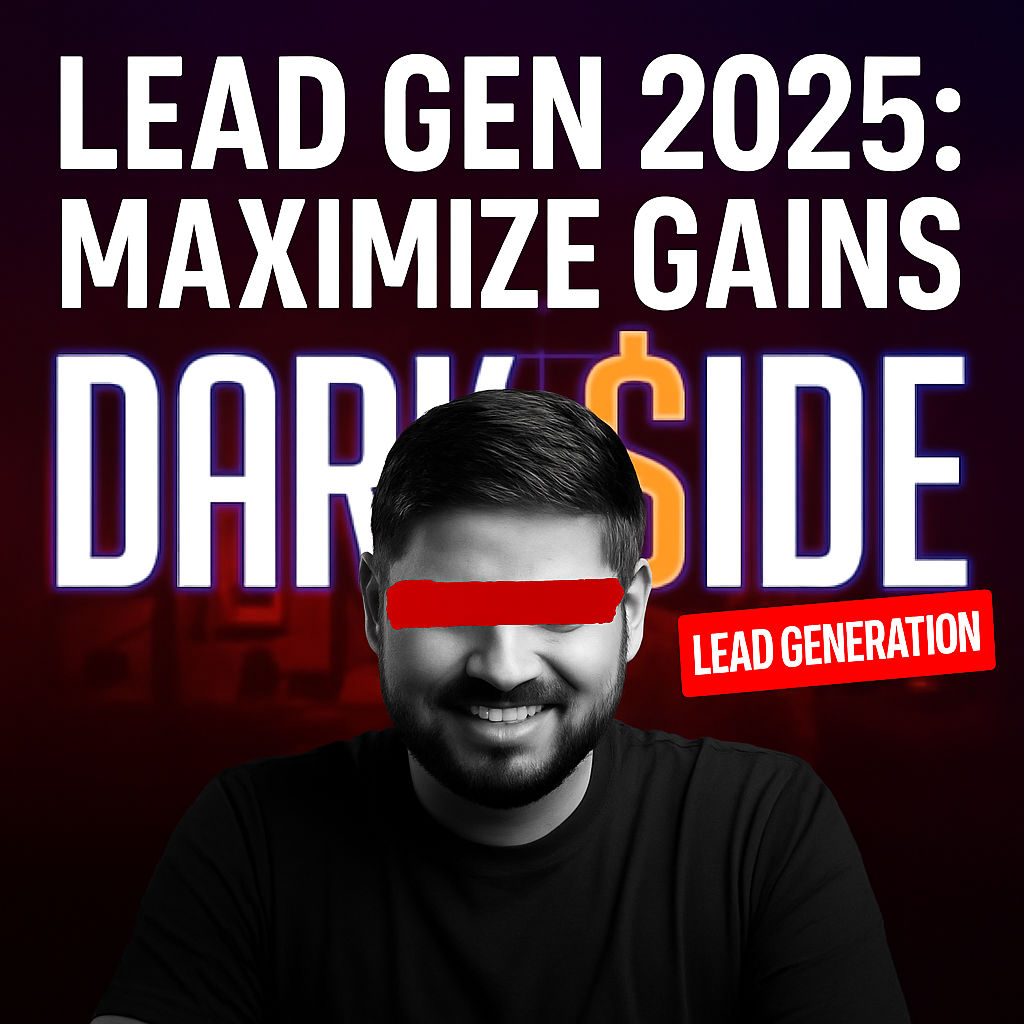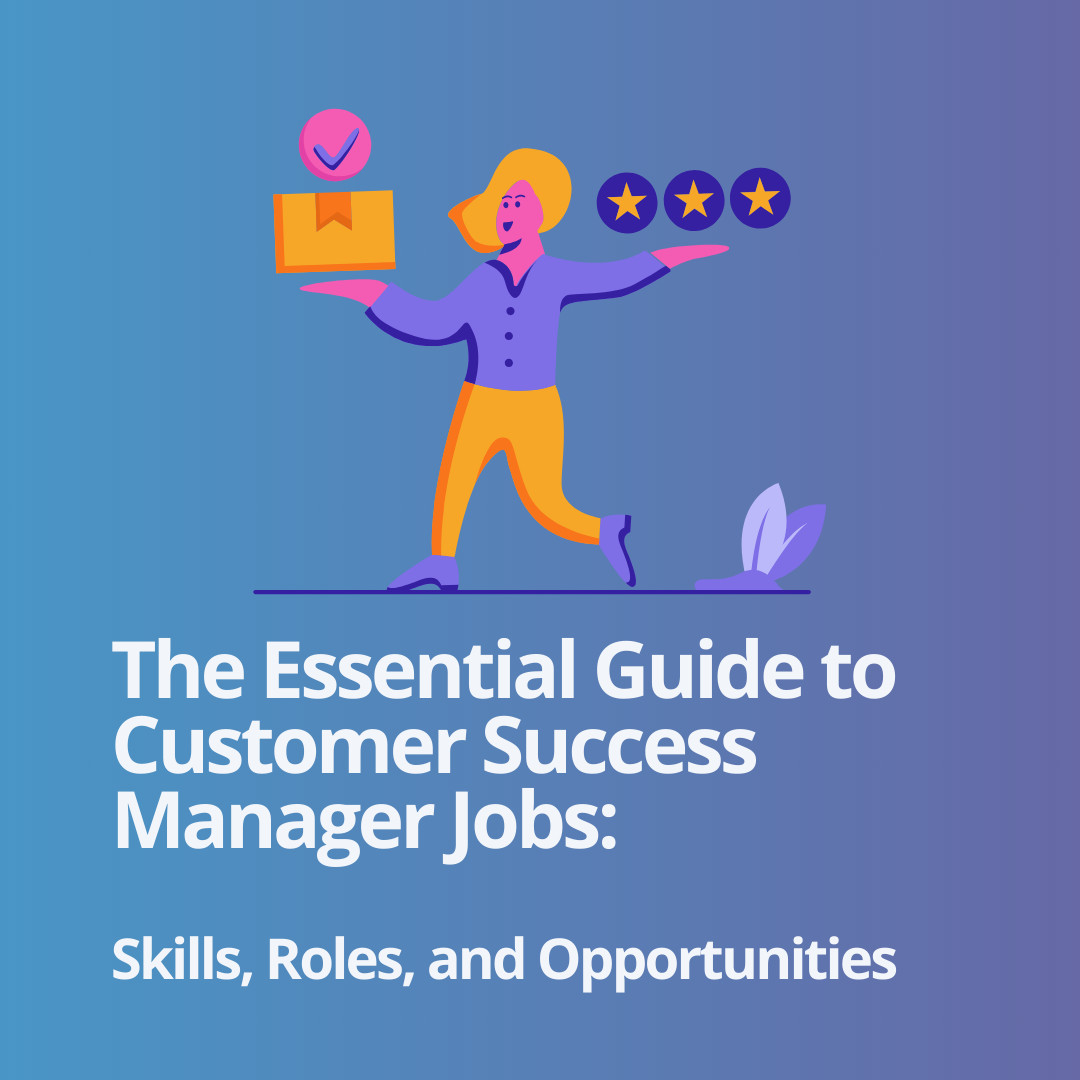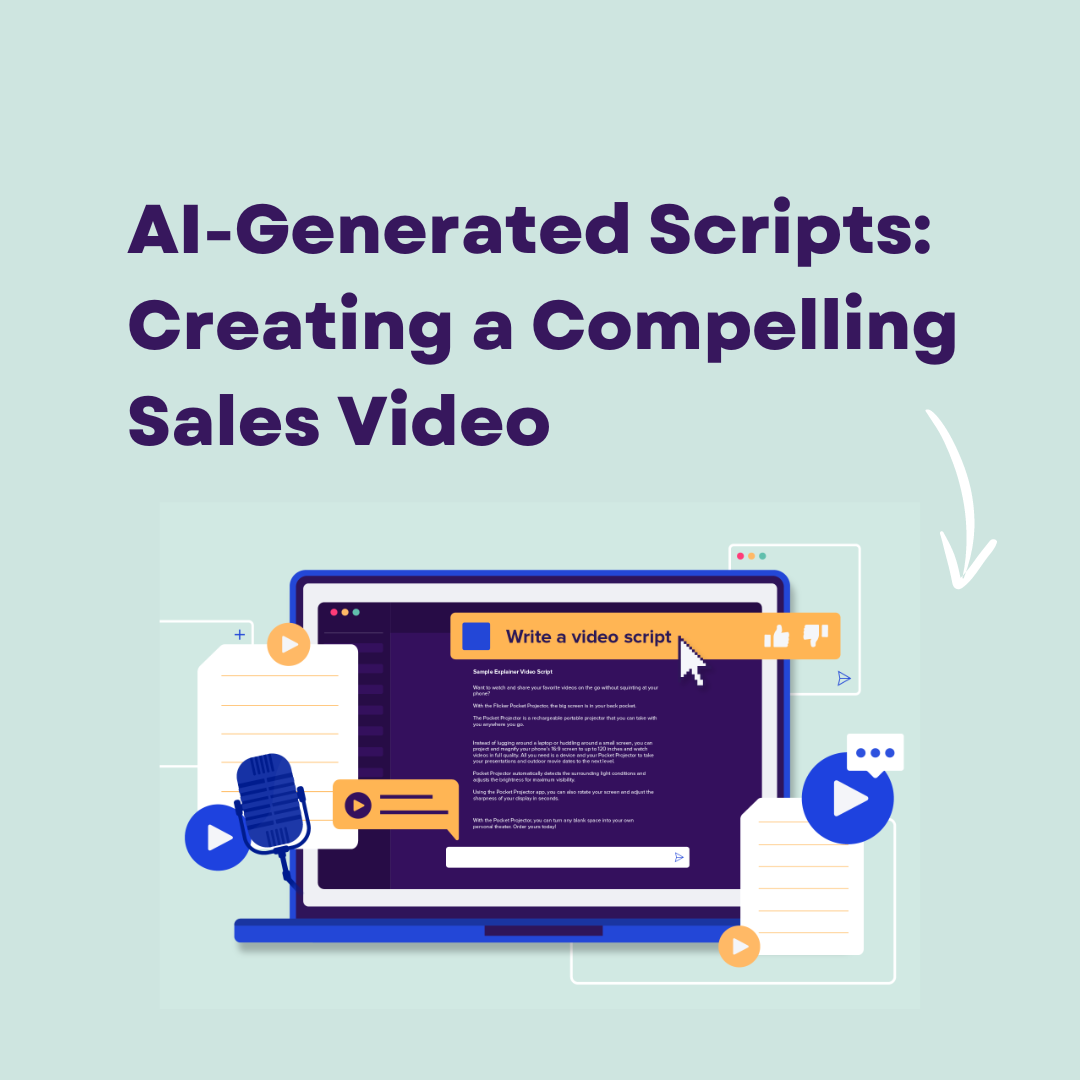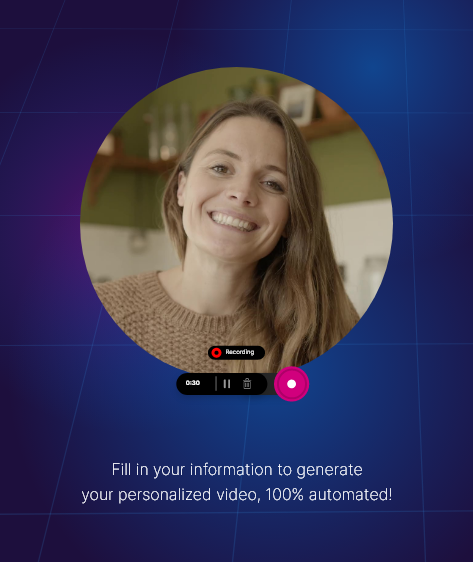Lead generation in 2025 carries new opportunities—and new risks. Many eager marketers and founders are lured by big promises: buy 10,000 leads for a flat fee, use tools that claim you’ll get a hundred replies instantly, or rely on shortcuts pushed by self-proclaimed experts. Unfortunately, the harsh reality behind these offers is that most are traps that endanger your sender domain and reputation, waste your resources, and leave you with burnt contacts and disappointing results.
The dark side of lead generation is more common than most admit. The key to successful outbound outreach isn’t more leads, more tools, or faster messaging—it’s a methodical, quality-driven approach that protects your brand, your wallet, and your opportunities for growth. This article will reveal why common lead generation tactics fail in 2025, the costly mistakes to avoid, and how to fix your outreach strategy for lasting results using proven, people-first tactics.
Based on the original video:
Understanding the Pitfalls of Modern Lead Generation Tactics
Many outreach campaigns fail at the starting line because they fall for the narrative that lead generation is just a numbers game. Businesses pour money into bulk data or tools, expecting high-volume outreach to magically convert into meetings and revenue. Here’s the truth: Batch-and-blast campaigns almost always backfire, causing far more harm than good.
The Trap of Bulk Leads and Hype Tools
It’s easy to understand why companies are tempted by vendors promising thousands of leads for a low price or automation tools that “guarantee” replies. However, these shortcuts usually result in:
- Wasted money on low-quality, outdated, or irrelevant contact lists
- Damaged sender reputation when cold emails land in spam folders or trigger blacklists
- Poor first impressions that permanently close doors with potential customers
- Permanently blacklisted domains that won’t ever reach inboxes
The harsh lesson for many is that fixing a broken reputation or recovering from blacklists costs exponentially more than what was “saved” on quick leads or push-button tools.
Common Lead Generation Mistakes to Avoid
Let’s break down why outbound teams fall into these traps—and how you can avoid them.
- Believing more leads and more emails = better results. Quantity does not replace strategy—without targeted personas and messaging, blasting out to more contacts only increases the likelihood of hitting spam filters and turning off potential customers.
- Lack of a clear ideal customer profile (ICP). Messaging “everyone” dilutes your efforts, increases bounce rates, and burns through your sender reputation.
- Over-relying on generic templates or AI copy. Failing to personalize outreach signals to prospects that you don’t care, dramatically reducing replies and engagement.
- Neglecting domain warming or using your primary domain. This leaves your main business email at risk if things go wrong—many companies only realize this after being blacklisted.
The Playbook for Effective, Safe Lead Generation in 2025
Rather than chasing volume and speed, winning outbound strategies focus on building strong foundations and personalized, relevant messaging. Let’s flip the playbook on its head and see how to do this right.
Start Small and Build a Highly Targeted Lead List
Success with cold outreach starts with the basics: quality over quantity. Instead of scraping the internet for thousands of contacts, take the time to build a carefully selected list:
- Manually research 100 companies that truly fit your ideal customer profile
- Go beyond industry or basic job titles—dig into hiring trends, tools in use, funding rounds, and current business challenges
- Use modern research tools like LinkedIn, Clay, or Leadfinder to validate your list and keep it accurate
When you’re strategic about your target market, every cold email feels thoughtful and relevant, maximizing your reply rates and protecting your sender reputation.

Setting Up Outreach Tools the Right Way
Automation can multiply your productivity—but only when set up intentionally. While some experts suggest sending all emails manually, this isn’t feasible at scale. Instead, deploy a cold email automation tool that allows you to:
- Send no more than 50 emails per account per day, split between two accounts (never from your primary domain!)
- Warm up new domains before you send any outreach—this gradually builds sender reputation to avoid spam filters
- Easily purchase and manage multiple domains, centralizing your sender infrastructure for better deliverability
The right systems keep your domains healthy, your outreach organized, and your future expansion easy to manage—without risky shortcuts.
Write Human, Relevant Outreach—Not Generic Templates
Effective cold emails don’t sound like robots or bland templates. Research shows that short, personalized messages perform best.
- Keep your initial email under 100 words—get to the point, make it specific to the recipient
- Reference a unique detail relevant to their business, such as recent hiring activity or a tech stack change
- Avoid “spam trigger” phrases and make use of personalization tokens and spin text to ensure every message is unique
Example introduction:
Hey Alex, I noticed you’re expanding your sales team. I’m curious how you’re thinking about scaling outbound. I’ve been building something that could help.
This approach establishes relevance, invites conversation, and stands out in crowded inboxes.
Ensure Flawless Email Deliverability
Even the best lead list and messaging will fail if you don’t land in the primary inbox. In 2025, manual setup of SPF, DKIM, and DMARC records is less necessary—modern cold email platforms now offer built-in deliverability health checks and setup automation:
- Use platform-based health reports to verify DNS records, blacklist status, and setup best practices—all in one place
- Leverage deliverability features to inspect your copy for spam keywords and maintain healthy sending practices
- Monitor performance benchmarks (aim for 50%+ open rates, 5-10% reply rates, <1% bounce rates)
Being proactive with these checks prevents blacklists, protects your domains, and ensures you have a reliable outreach foundation.

The Compounding Rewards of Good Outbound Practices
Quality-driven outbound programs aren’t just safer—they also produce superior long-term results. Teams that focus on relevance, strong setup, and thoughtful messaging see their open and reply rates soar, while less effective competitors burn their lists and reputations chasing volume.
When you establish healthy baselines and reliable processes, you unlock the ability to scale your outreach, train new team members with proven playbooks, and adapt to changing markets without starting from scratch.
Key Takeaways for Outbound Success
- Never buy bulk leads or trust tools/experts promising instant results—quick wins have long-term costs
- Build your lead list based on in-depth ICP research—not just industry or titles, but actual needs and situations
- Use email automation judiciously and only from warmed, secondary domains
- Craft messages that feel personal, concise, and contextually relevant
- Continually monitor outbound health with modern deliverability tools
Why the “Human Touch” Still Wins in 2025
While tools and AI have improved the efficiency of outreach, prospects are more discerning than ever. Real conversations come from real attention to detail. Focusing on personally relevant messages and genuine interest in each prospect always trumps templates and automation tricks.
If you want to dive deeper into list building strategies that fuel effective outbound, the guide Master Apollo Filters to Build Quality B2B Leads explores step-by-step best practices for targeting the right accounts at scale.
Scaling Outreach—the Right Way
Once you’ve mastered the basics—targeting, setup, personalization—you can start to gradually onboard new domains and team members to scale your approach. But never skip foundational health checks or be tempted by shortcuts. The teams that win in 2025’s challenging outbound landscape are those who play the long game.

FAQs: Lead Generation and Cold Email Outreach in 2025
What are the dangers of buying bulk leads?
Bulk leads are often outdated, low quality, or irrelevant to your ICP. Sending campaigns to these lists can result in high bounce rates, poor reply rates, damaged sender reputation, and even domain blacklisting.
How many emails should I send per account per day for safe cold outreach?
It’s recommended to send no more than 50 emails daily per account, spread across multiple warmed-up, secondary domains. This approach balances effective outreach with healthy delivery rates.
Why is domain warming important?
Warming up a domain gradually builds its trust and reputation with mail providers, ensuring your outreach lands in inboxes instead of spam and avoids blacklists.
What benchmarks should I aim for in cold outreach?
You should target at least 50% open rates, a 5–10% reply rate, and bounce rates under 1%. Results may vary by industry, but these metrics generally indicate a healthy campaign.
How can I personalize my cold email outreach effectively?
Research each prospect and use details like their company’s recent hiring trends, tools used, or business news to craft messages that feel relevant and personal. Avoid generic templates and reference specifics in your opening line.









